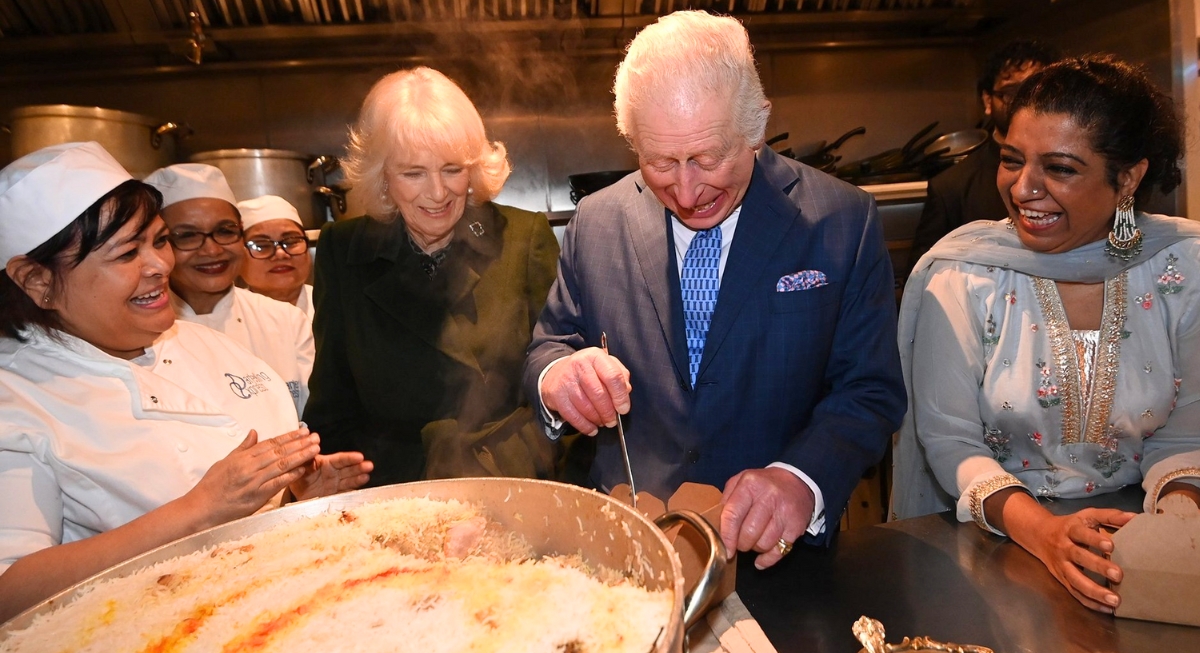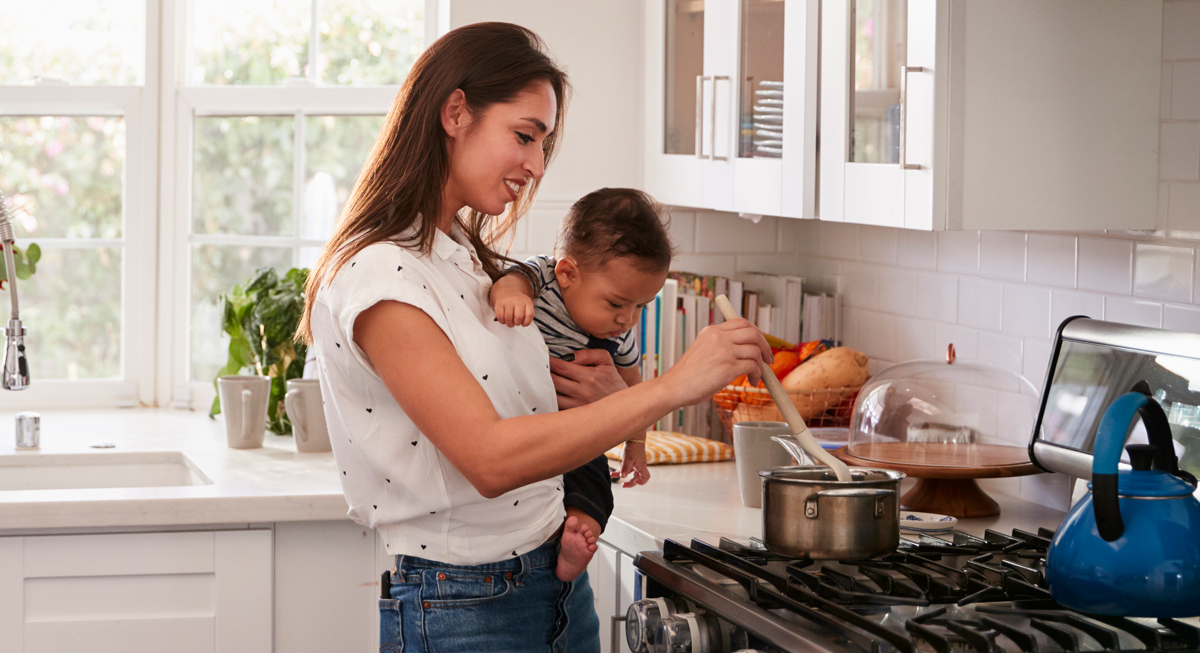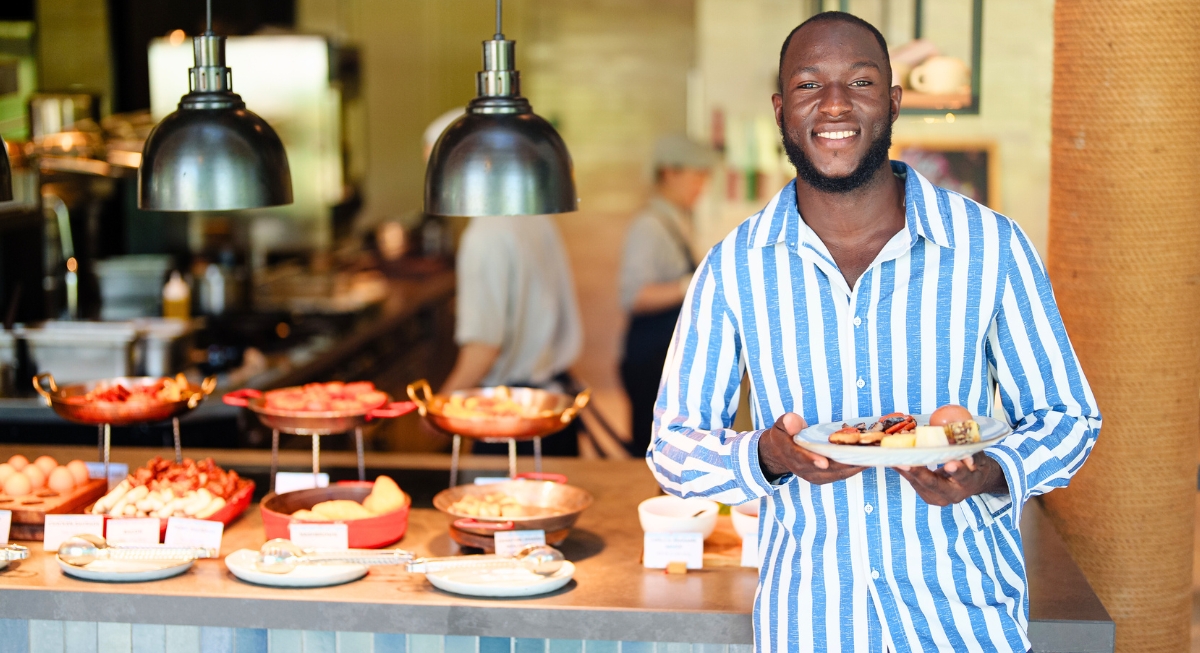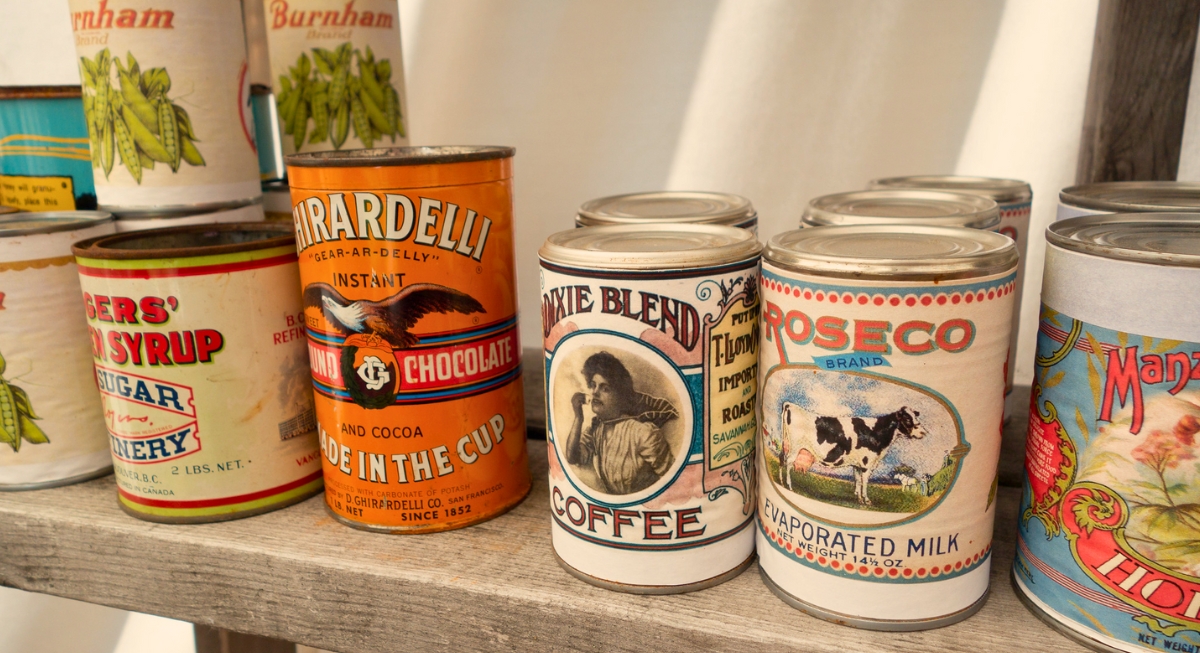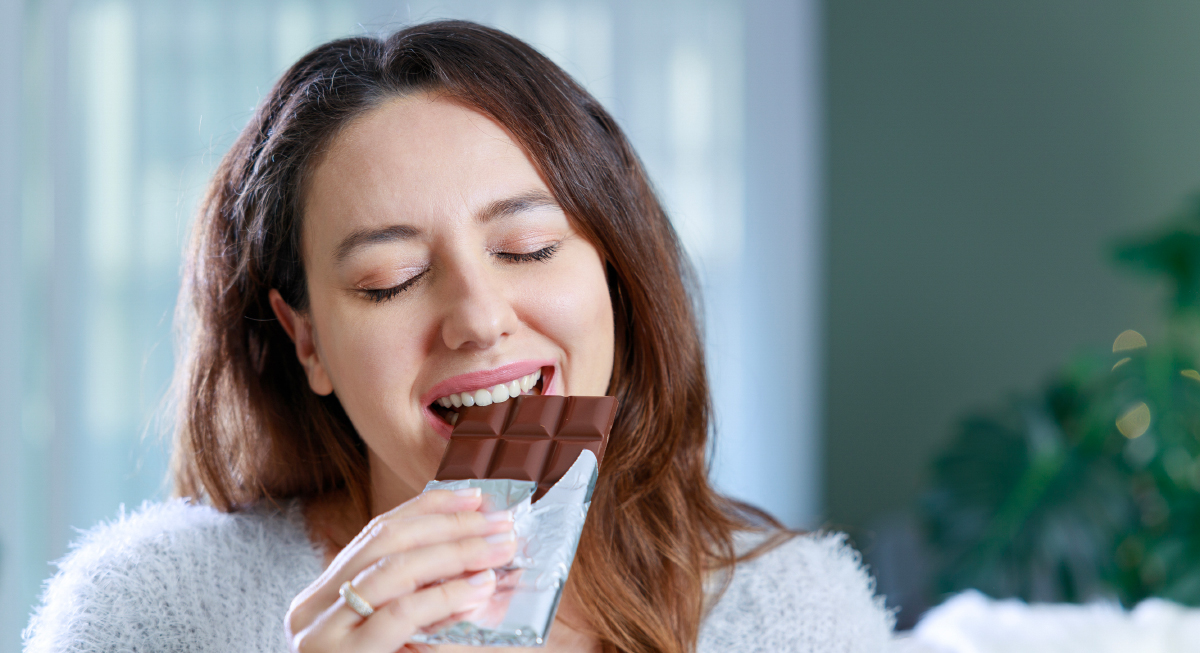While royal meals are now carefully curated and diet-friendly, the dining habits of historical monarchs tell a stranger story. Behind the palace doors, some rulers insisted on outlandish rituals, bizarre food preferences, and unsettling customs that would raise eyebrows today. No, really, some of these eating habits were downright disturbing. Here are some royal traditions that history quietly pushed aside.
King James VI's Elaborate Sugar Sculptures at Banquets
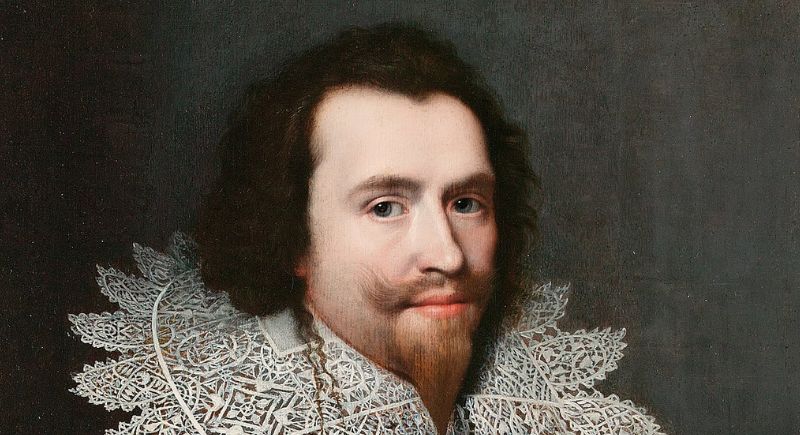
Credit: Reddit
Pulling off a show-stopping royal feast in the late 1500s meant more than gold goblets and roasted swan—it meant dessert that doubled as art. For Prince Henry's baptism, King James VI had sugar sculptures and dances choreographed by Bastian Pagez, a French royal servant who was an expert in music composition.
King Henry VI's Banquet Featuring a Gilded Boar's Head
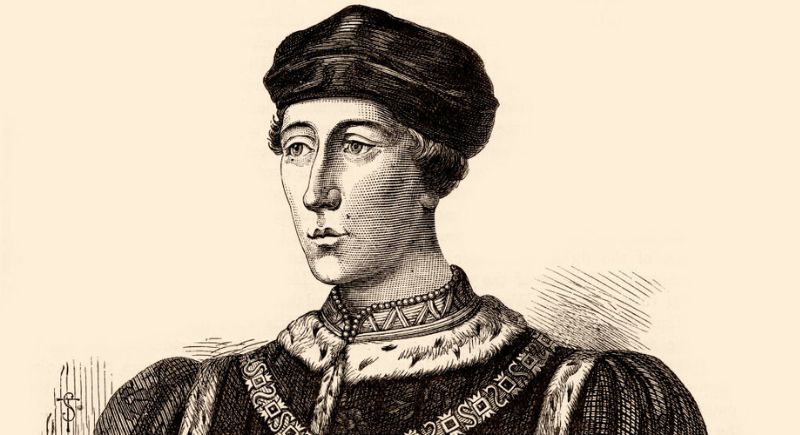
Credit: Facebook
Nothing says royal hospitality like serving your guests a boar's head painted in gold. During a lavish 1429 coronation, King Henry VI had this extravagant centerpiece paraded out for stunned nobles. It wasn't simply for show—they were expected to eat it. Apparently, subtlety wasn't invited to that particular dinner party.
King Charles III's Simplified Breakfast Choices
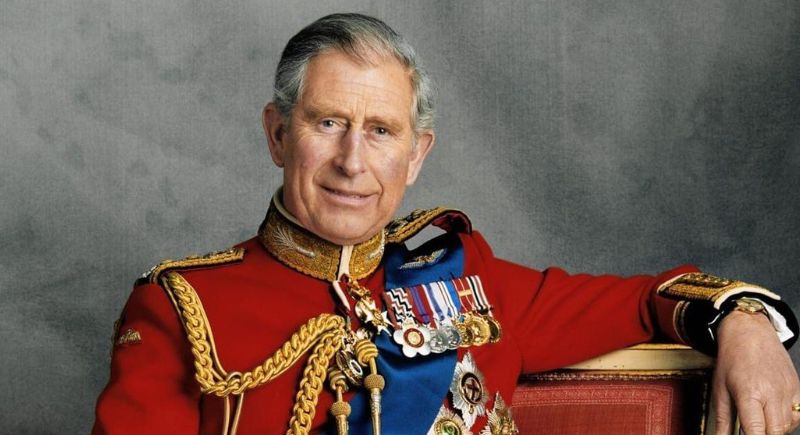
Credit: Facebook
Compared to royal feasts of the past, King Charles III keeps mornings incredibly low-key with dried fruit, seeds, and tea. Food writer Tom Parker Bowles shared that even when traveling, Charles sticks to his routine. It's a quiet start for a king whose ancestors once dined like medieval warlords.
Queen Elizabeth II's Use of Tupperware for Storing Food
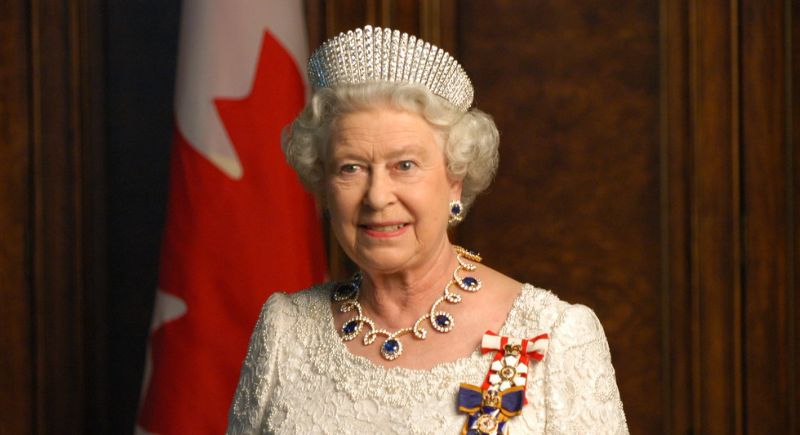
Credit: flickr
Royal kitchens might gleam with polished silver, but Queen Elizabeth II stored her breakfast cereal in plastic Tupperware. Her longtime former chef, Darren McGrady, confirmed the Queen preferred practical over posh. She also poured her milk. Morning rituals didn't always require servants—sometimes they needed a snap-on plastic lid.
Prince Philip Being a "Foodie"
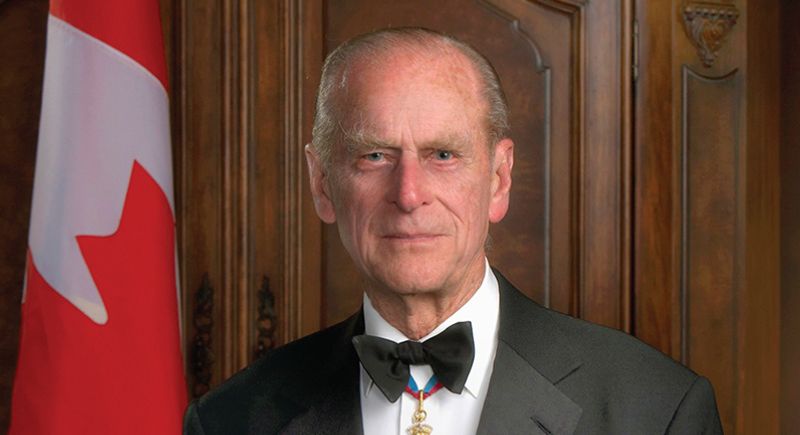
Credit: flickr
While organic food swept through modern households, rumors went around that Prince Philip wasn't buying into the trend. Even former royal chef Darren McGrady confirmed this, stating that he was more of a "foodie" than the Queen. He enjoyed trying new ingredients and dishes to savor the flavor.
Prince Harry and Prince William's Fondness for Fast Food
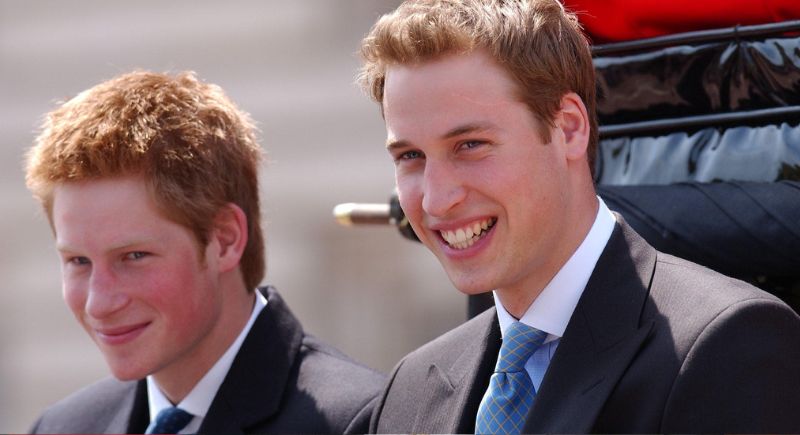
Credit: Facebook
You'd expect palace-raised princes to crave caviar, but Prince Harry and Prince William have had a thing for burgers since childhood. Meghan Markle once shared that Harry loves In-N-Out and knows the staff by name. Even royals can't resist drive-thru cravings with extra fries on the side.
King James VI's Request for Live Animals for Feasts

Credit: Getty Images
For his son's baptism in 1594, King James VI didn't want meat from the market. He ordered nobles to deliver live deer and birds directly to the palace. The goal was freshness, but the result was more like a royal zoo than a kitchen.
Princess Diana's Strict Eating Diet
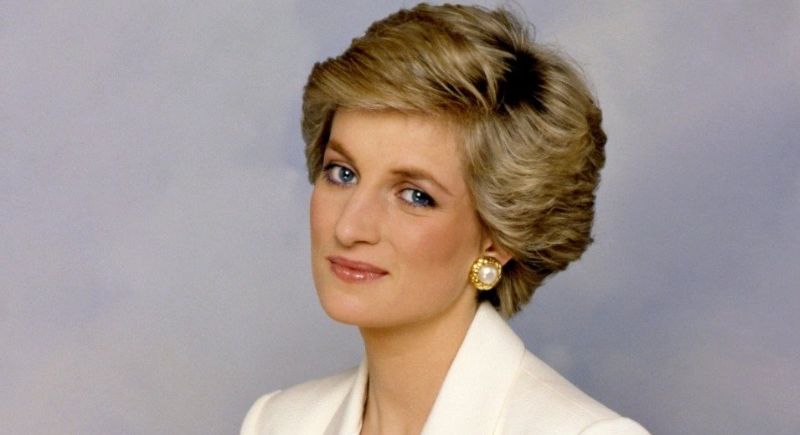
Credit: Facebook
After publicly addressing her struggle with severe eating problems, Princess Diana focused on clean, healthy eating. She worked closely with her chef to plan nutritious meals and often skipped on rich royal food. Her honesty around food issues broke ground and made her one of the first royals to speak openly about disordered eating.
Queen Elizabeth II's Avoidance of Garlic
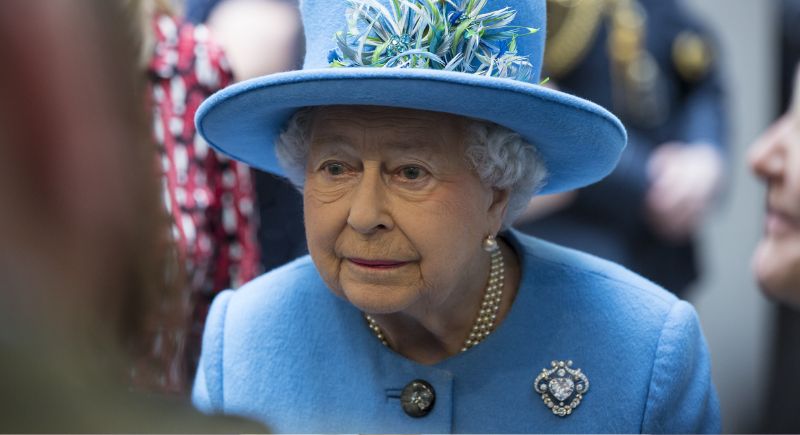
Credit: Wikimedia Commons
Despite having chefs on call, Queen Elizabeth II had one firm kitchen rule: no garlic or onions. She didn't want it lingering on her breath during official meetings. Former palace staff say it was entirely banned from royal meals. Flavor had its limits when diplomacy was on the schedule.
King Henry VIII's Consumption of Unusual Meats
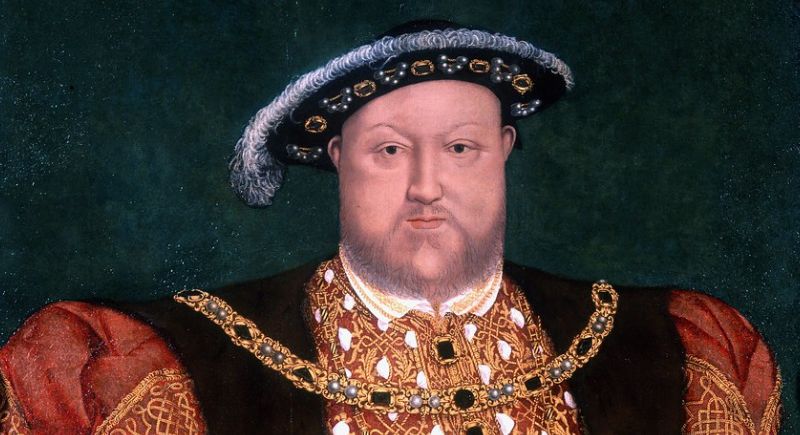
Credit: flickr
King Henry VIII took meat-on-meat to medieval extremes. His table featured everything from conger eels to porpoises. Royal banquets looked more like a butcher's catalog than anything remotely resembling today's dinner menu.
Medieval Royal Banquets Featuring Live Birds Baked into Pies
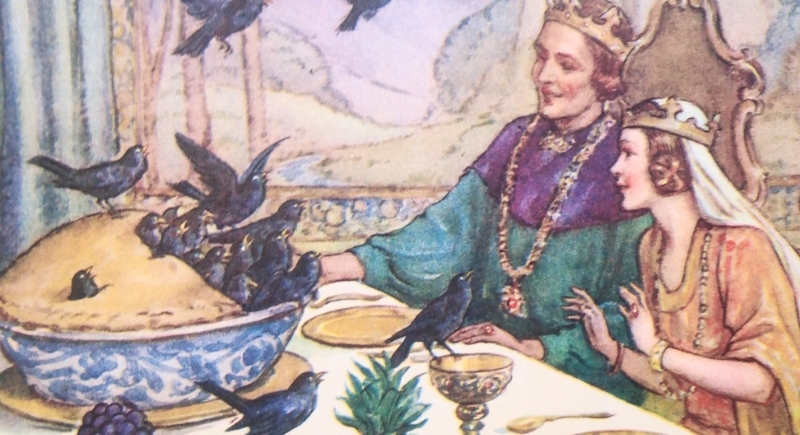
Credit: Instagram
Serving pie in the Middle Ages could include a surprise. At royal feasts, live birds were sometimes baked into pastries and released mid-meal. The goal was entertainment, not nutrition. Nobles watched blackbirds fly out of crusts like dinner theater with feathers. Yes, the nursery rhyme was based on fact.
King James VI's Ship Provisioned with Live Capons and Oats
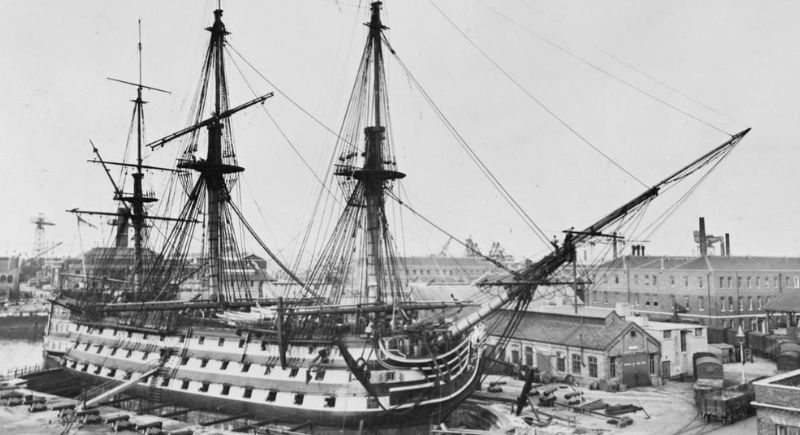
Credit: flickr
When King James VI sailed to collect his bride in 1589, his ship resembled a floating farm more than a vessel. It carried numerous live capons and enough oats to keep them plump. Instead of salted meat or hardtack, this royal voyage came with its clucking, feathered pantry on board.
Queen Elizabeth II's Method of Eating Bananas with a Knife and Fork
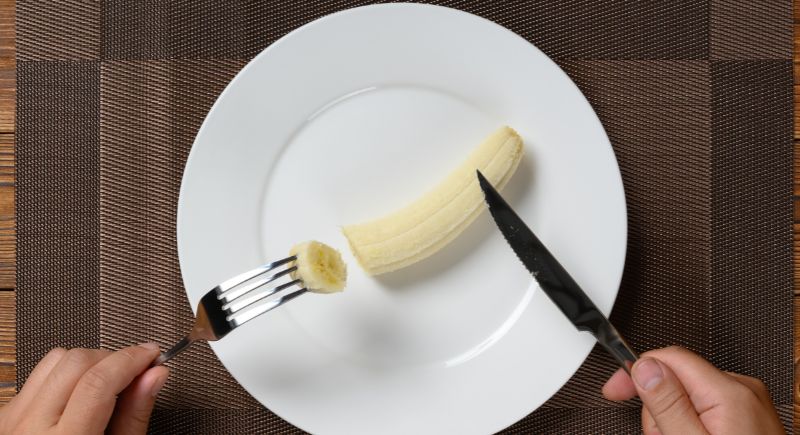
Credit: Getty Images
While most people peel a banana, Queen Elizabeth II dissected hers. To avoid any awkward expressions while eating, she cut off both ends, sliced the peel, and used a fork. Her etiquette coach reportedly taught the method. For her, even snacking came with protocol and some bit of precision.
King Charles III's Reaction to Encountering Plastic Wrap
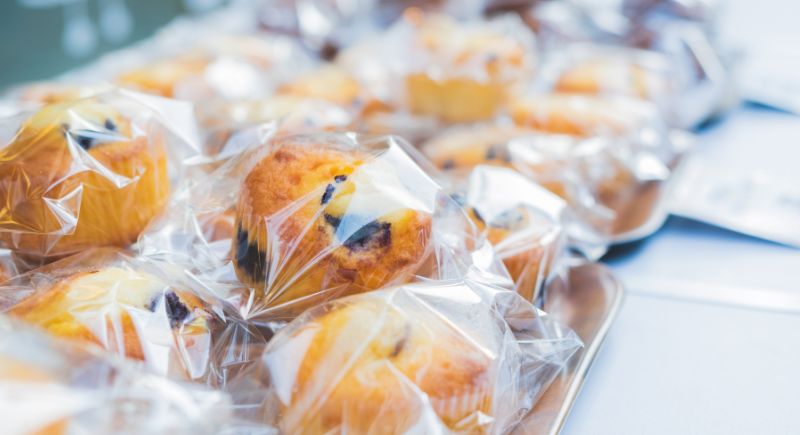
Credit: pexels
The first time King Charles III saw plastic wrap covering leftovers, he reportedly recoiled in alarm. According to biographer Tom Bower, Charles had no clue what it was, but Camilla explained and calmed him down. It's hard to believe anyone could be startled by cling film, but palace life shields some odd gaps.
King Louis XIV's Public Meals Watched by Nobles
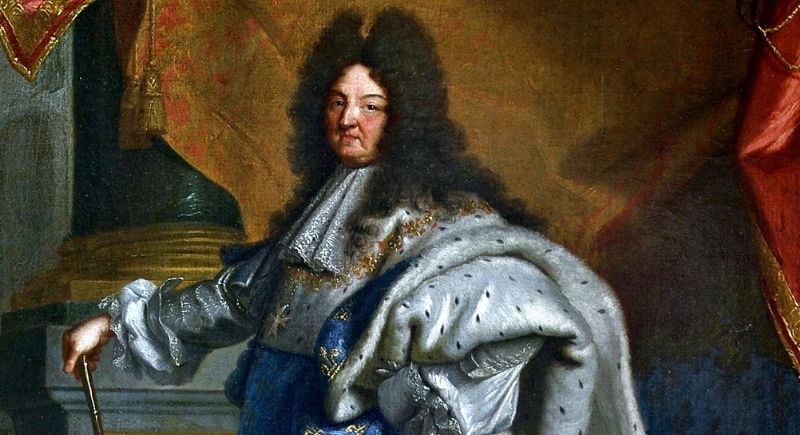
Credit: Wikimedia Commons
At Versailles, dining could feel more like a stage play than a private moment, especially for King Louis XIV. The Sun King often ate his meals in full view of nobles who stood silently and watched. It was called the "grand couvert" and turned lunch into a spectacle with forks and fanfare.

